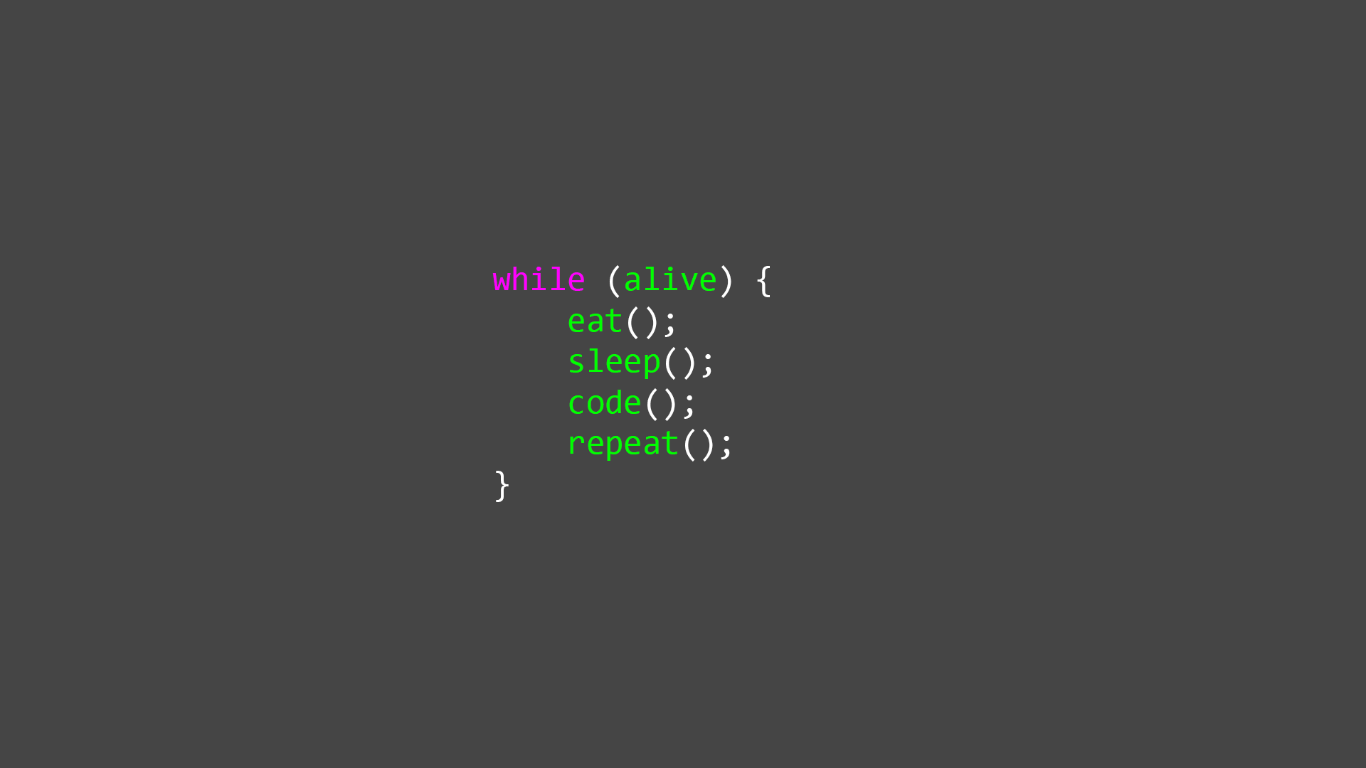
The code above will bring no delay, and the setTimeout () will be inexistent. This delay parameter is changed to setTimeout (1000), which is a 1-second interval connected between your console.log () calls. The setTimeout () functions by delaying milliseconds. So, let’s get started! Where JavaScript Wait 5 Seconds Goes Wrong? However, the setTimeout () function can be used to make a JavaScript sleep or wait method. Yes, many developers think of setTimeout () as sleep (), but the rules of both functions are different in their methods. Is the problem in the function of setTimeout ()? Although sometimes, depending on the usage, it might work, but the probability is very low.

The time it sets executes the code once the timer has expired. You see, the setTimeout () method (WindoworWorkerGlobalScope) is a successor to the tTimeout (). But wait, does that work? Well, in most cases, it does not. Knowing you do not have a sleep () method, you may try to come up with an alternative, something like setTimeout ().

Suppose you want to log some messages and add a delay of maybe two seconds between each message. What to do if you need the JavaScript to sleep or wait? How to Wait In Javascript As we mentioned earlier, this feature is not available in JavaScript, but such a feature’s need is crucial during the development phase. It tells the code to wait for a mentioned period before being executed. The sleep function is like a timer or a signal. – Controlling Flow in JavaScript (Modern).Where JavaScript Wait 5 Seconds Goes Wrong?.

In this article, I explain how to use setTimeout(), including how you can use it to make a sleep function that will cause JavaScript to pause execution and wait between successive lines of code. The problem arises from misunderstanding setTimeout() as a sleep() function, when it actually works according to its own set of rules. You may have tried it at some point in a JavaScript loop and seen that setTimeout() seems to not work at all. Unfortunately, setTimeout() does not work quite as you might expect, depending on how you use it. “The setTimeout() method of the WindowOrWorkerGlobalScope mixin (and successor to tTimeout()) sets a timer which executes a function or specified piece of code once the timer expires.” - MDN Docs There’s no sleep() method in JavaScript, so you try to use the next best thing, setTimeout(). Let’s say you want to log three messages to Javascript’s console, with a delay of one second between each one. “In computing, sleep is a command in Unix, Unix-like and other operating systems that suspends program execution for a specified time.” - Wikipedia


 0 kommentar(er)
0 kommentar(er)
